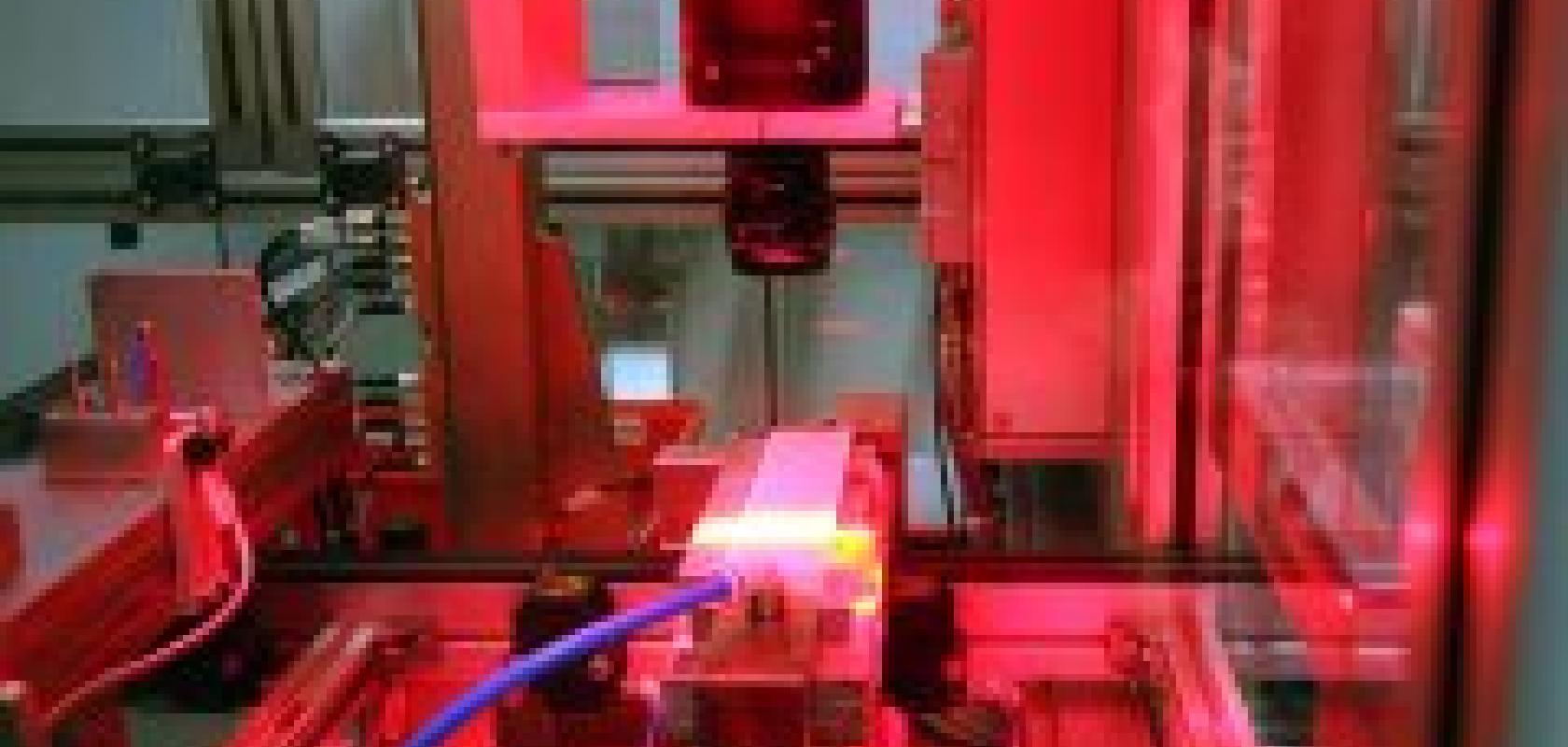Bosch is using automated inspection to check for flaws in the production of its new piezoelectric actuators for use in car engine fuel injection systems. The components reduce fuel consumption, noise, and carbon emissions from the engine.
Six Vinspec automated inspection units from Vitronic were installed to inspect the actuators at each step of production. The actuators consist of stacks of special piezoelectric ceramic foils printed with strip electrodes, and guide marks to ensure accurate stacking. After printing, a robotic gripper deposits foils on a conveyor. Fast line-scan cameras from Vitronic capture high-resolution images of each as they travel along.
The first Vinspec system inspects these images to identify flaws on foils, such as holes, missing print, and bleeding. It also checks the position of the strip electrodes and guide marks. Robotic grippers then stack several foils into a block on a positioning table. Accurate stacking is essential to ensure actuators function correctly. By analysing images acquired by its cameras, the second Vinspec system identifies a foil's guide marks and calculates its position, before instructing the robotic grippers to stack the foils precisely.
Next, a specially coated saw automatically divides the hardened blocks into bars and then into so-called 'raw actuators'. Cutting bars into raw actuators is a delicate process. An incorrect cut can interrupt the strip electrodes and render actuators unusable. The third Vinspec system captures photographic images of foil blocks, measures each bar to the nearest micrometer, and coordinates the saw to produce precise cuts.
The fourth Vinspec system inspects the function and quality of the raw actuators before sending them for further processing. Checks include actuator dimensions and electrode position.
Bosch applies a layer of insulation finish and electrical strip contacts to actuators before installing them into the fuel injectors. Finish must be evenly applied and bubble free. Strip contacts require careful soldering and must be clear of finish. Defects lead to short circuits, which render actuators unusable. The fifth and sixth Vinspec units monitor these processes.
Operators can observe the inspections on monitors at each Vinspec station. Graphical user interfaces mean results, live photographic images, and system status reports are all easily accessible, allowing operators to intervene if they detect production discrepancies. All inspection results are stored, allowing Bosch to produce statistical evaluations and optimise its manufacturing processes.


